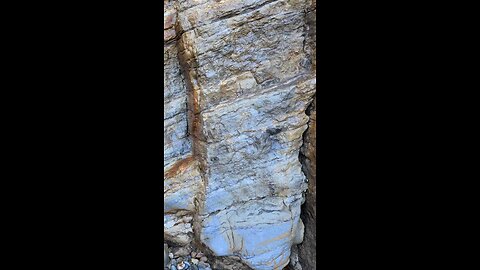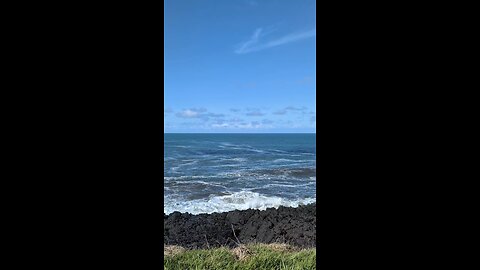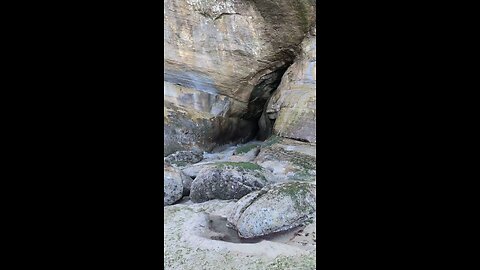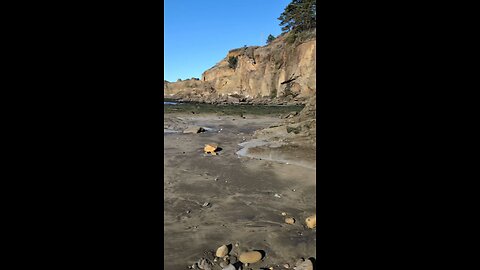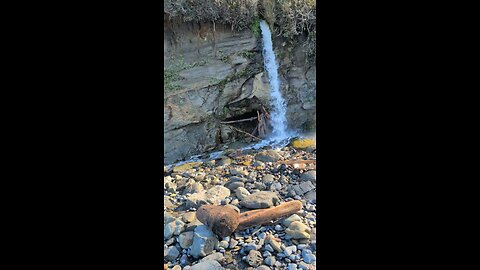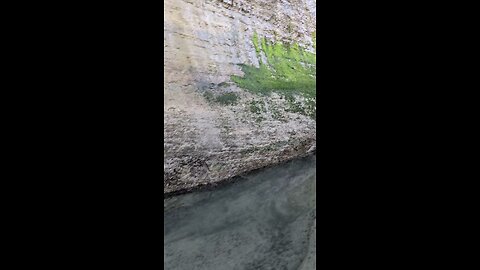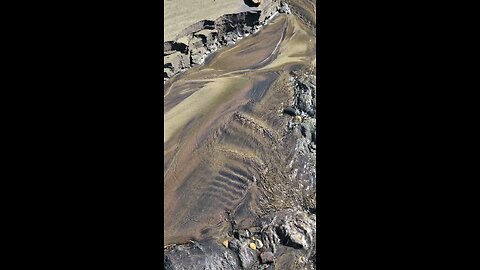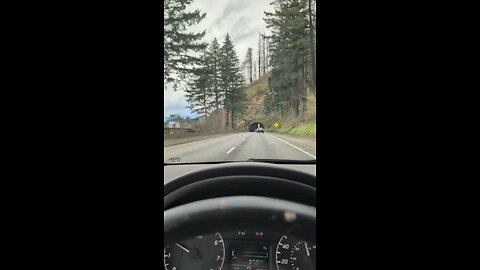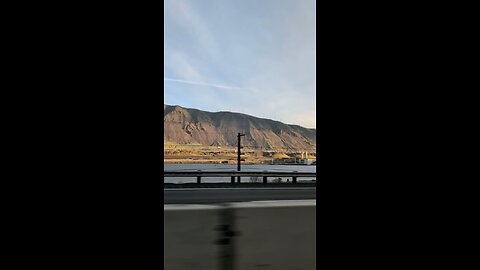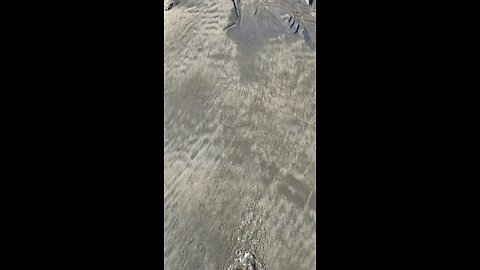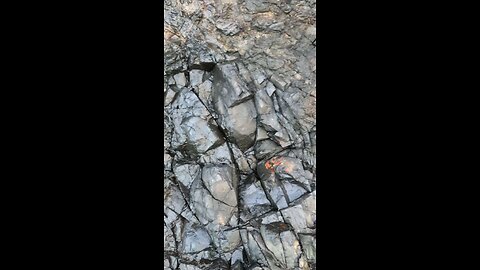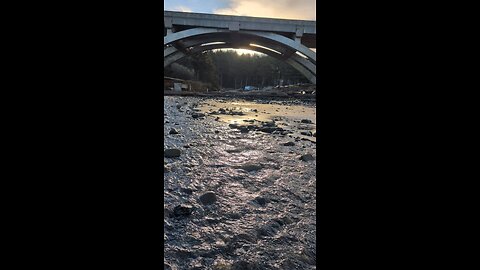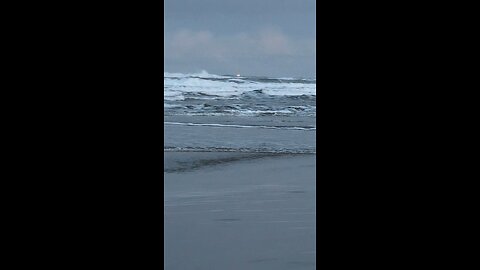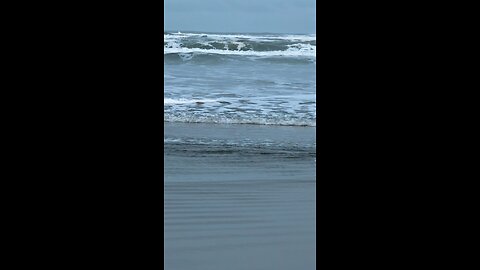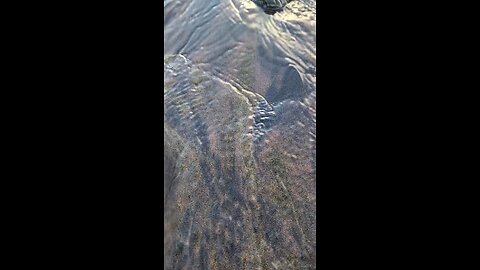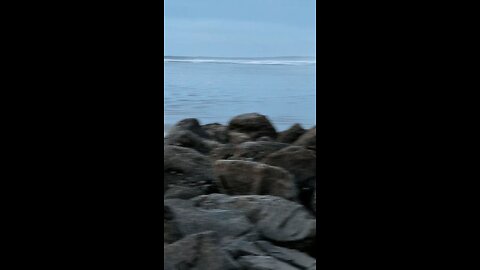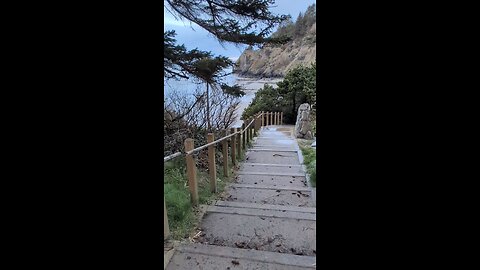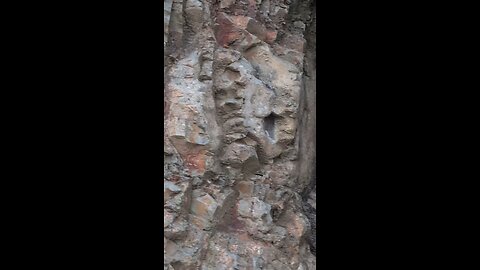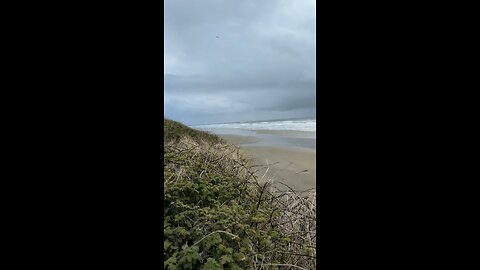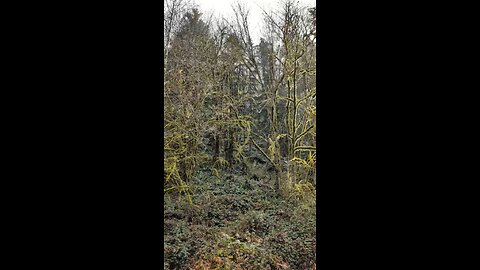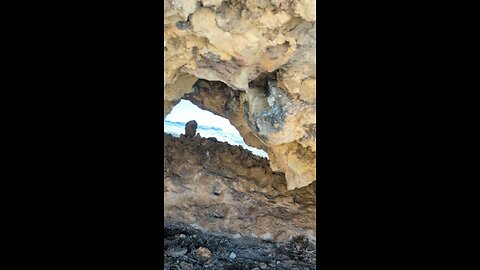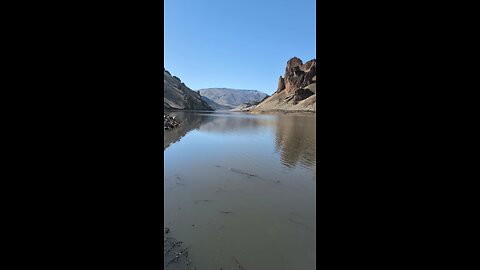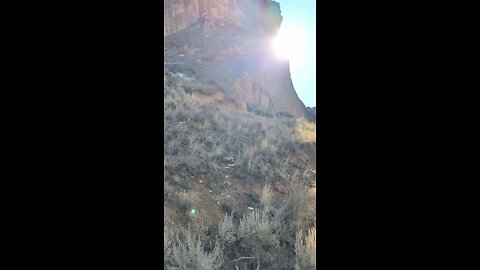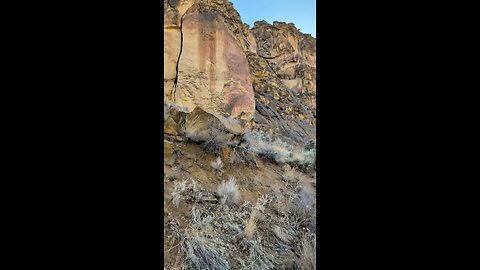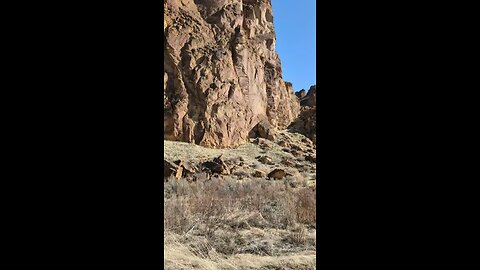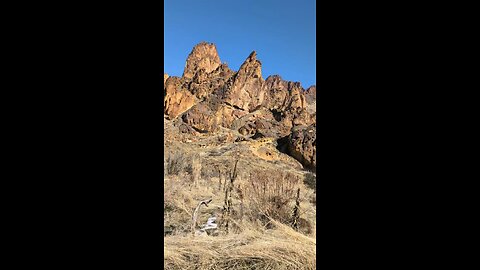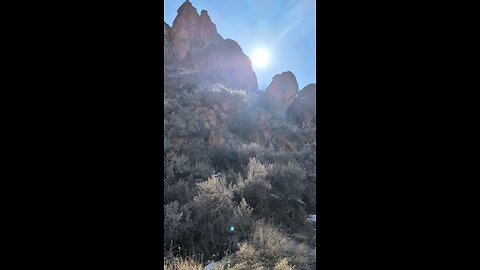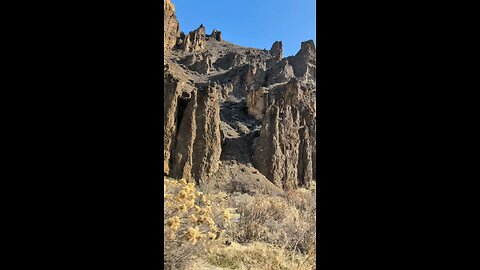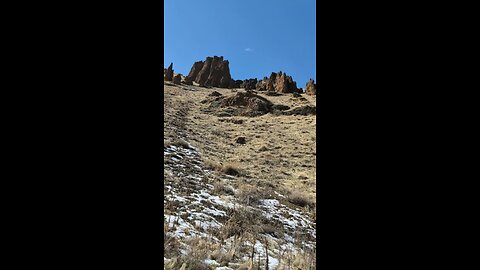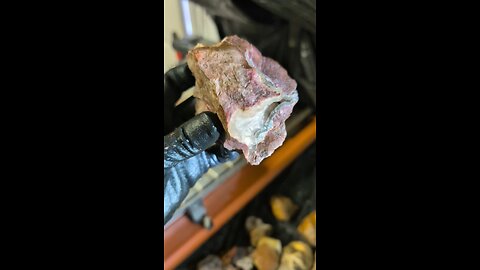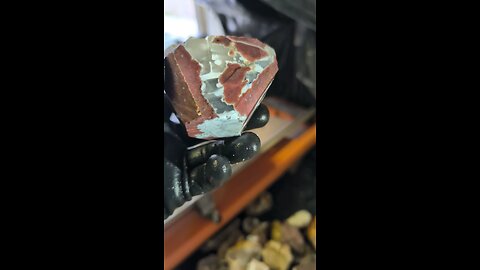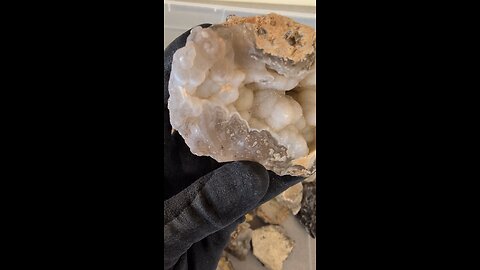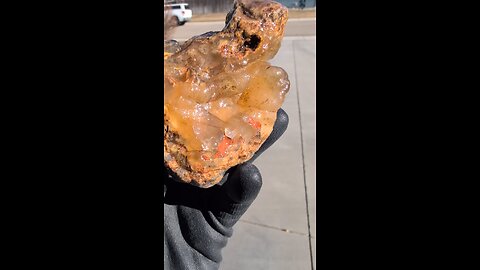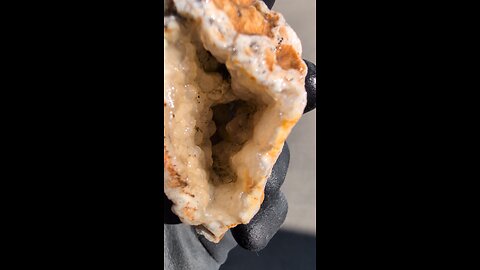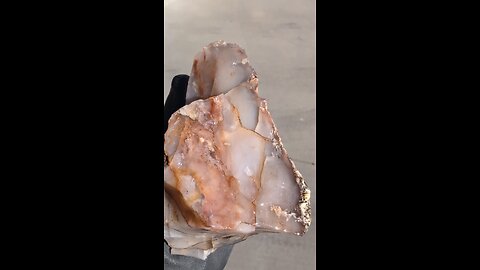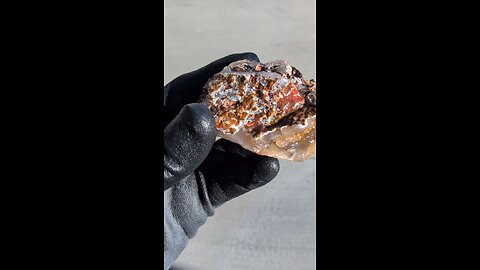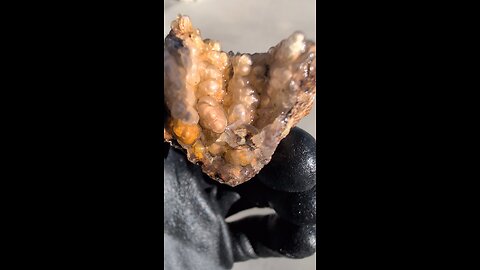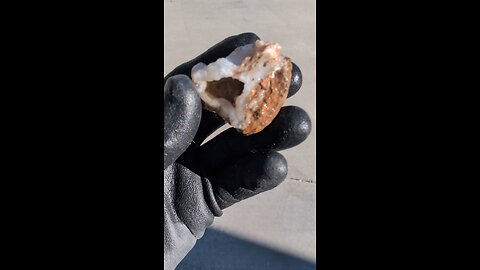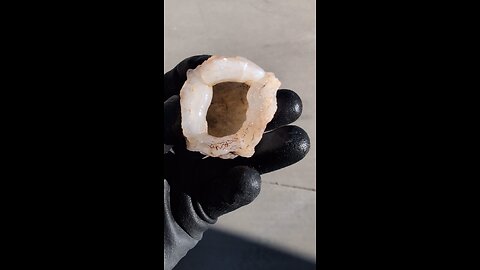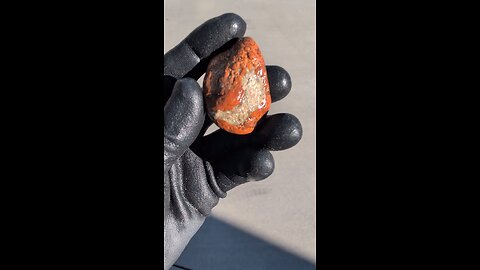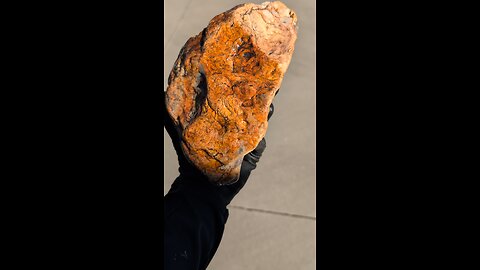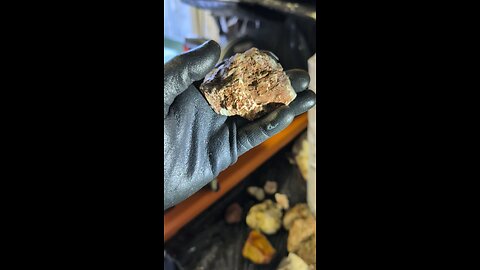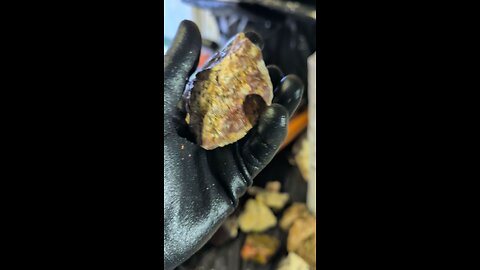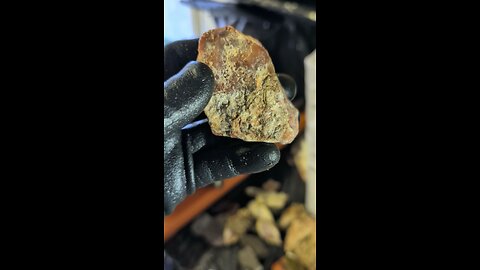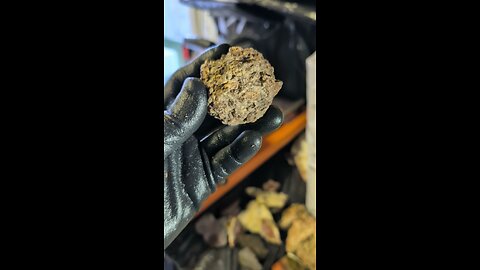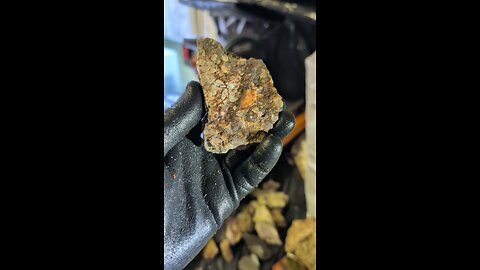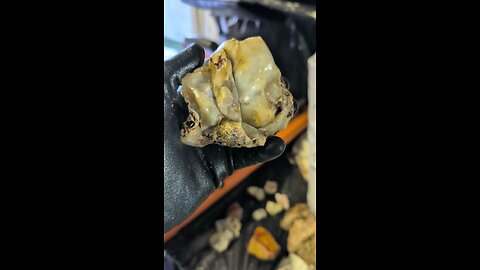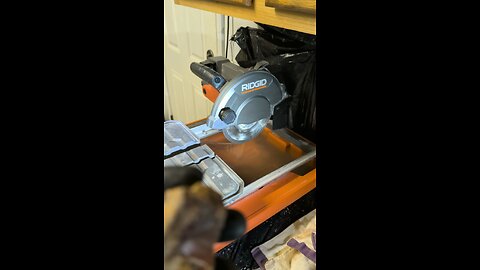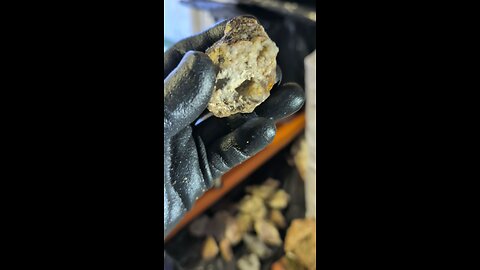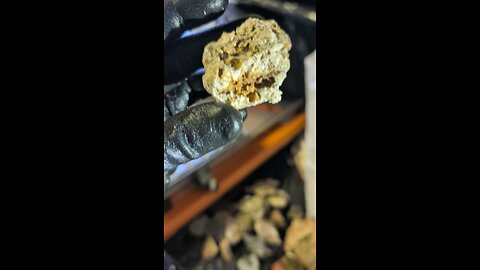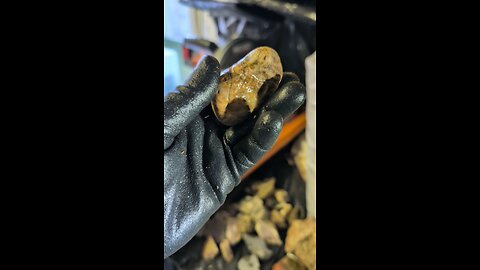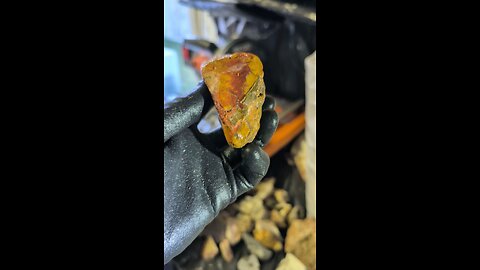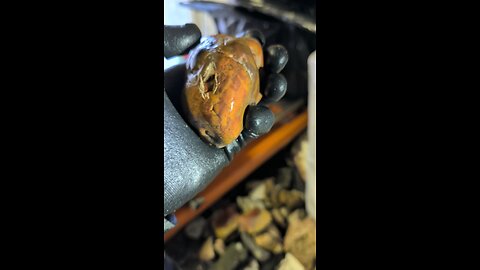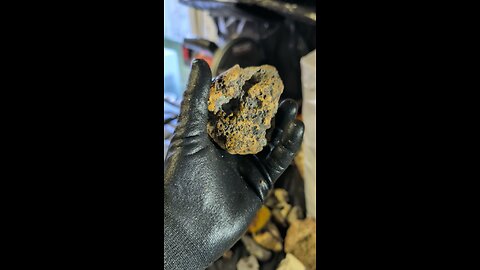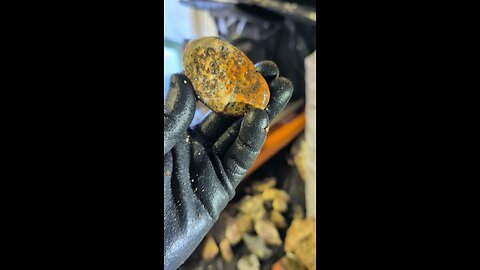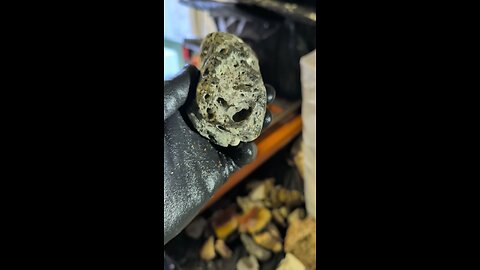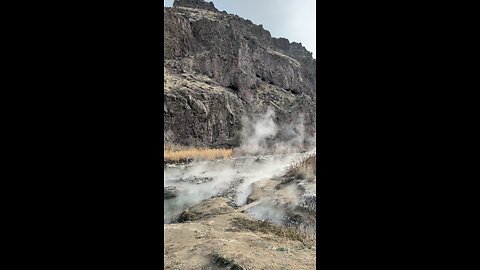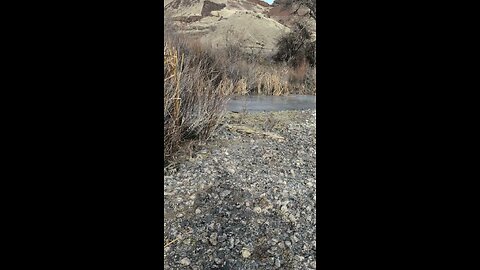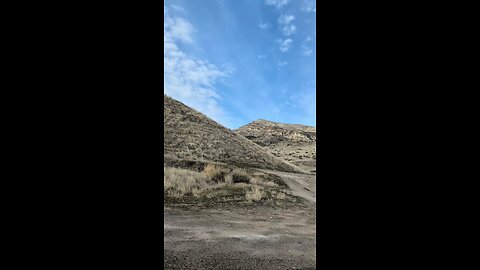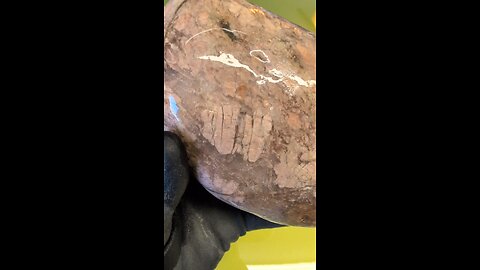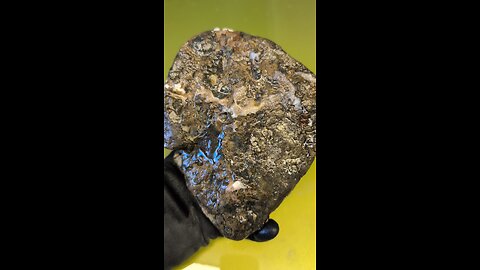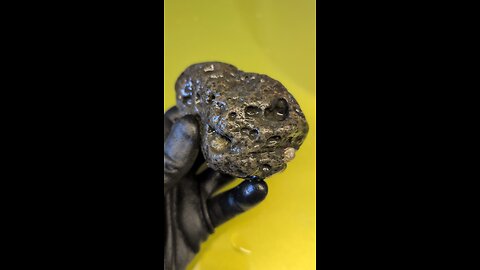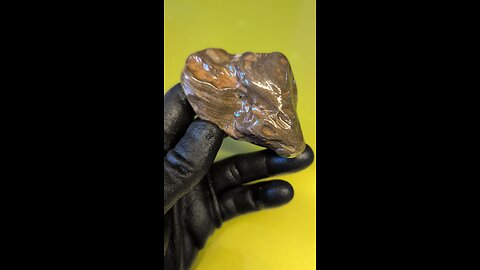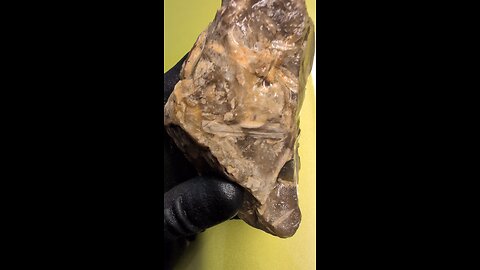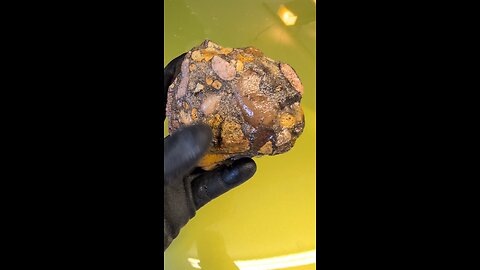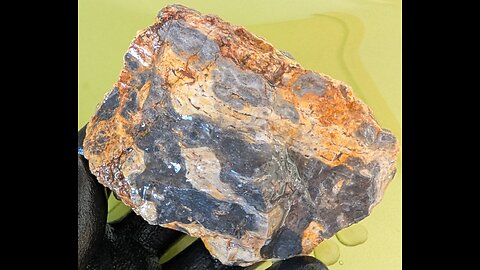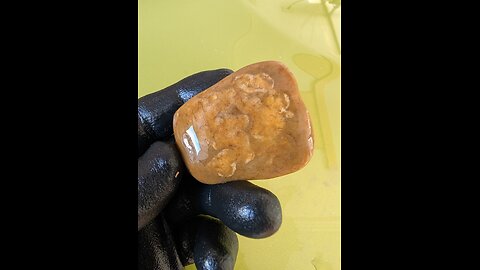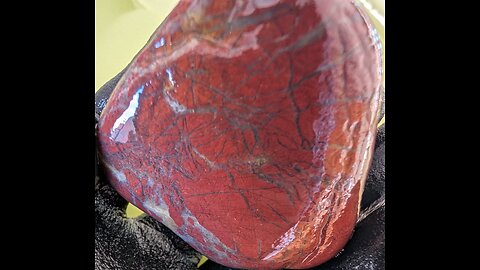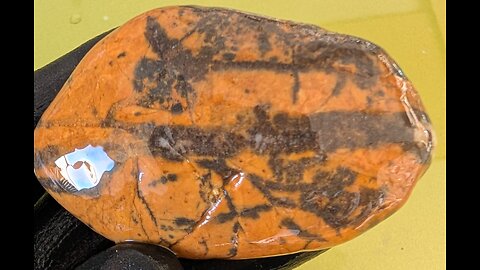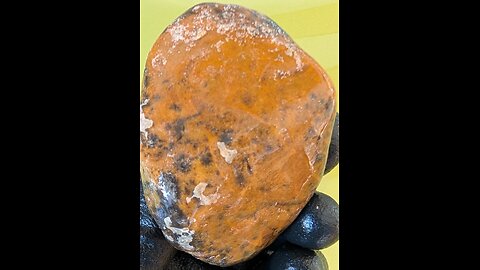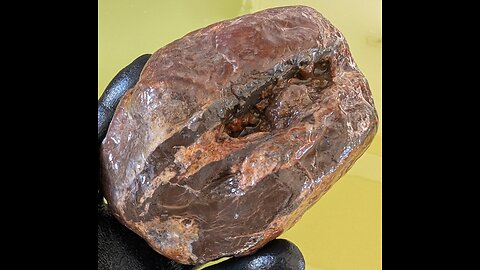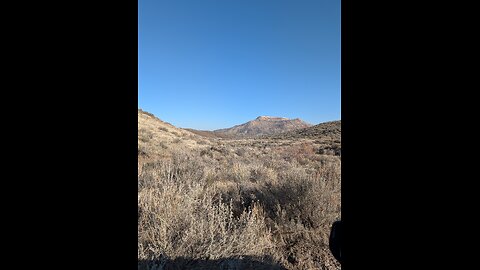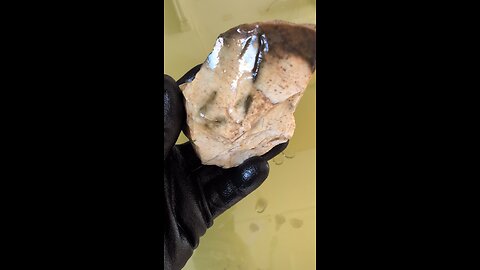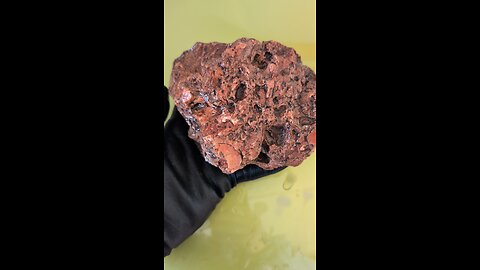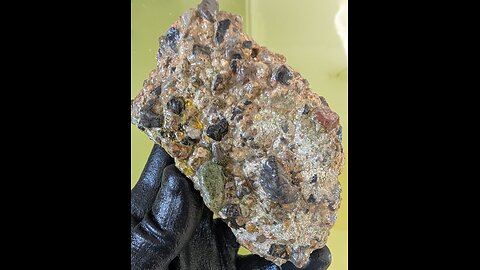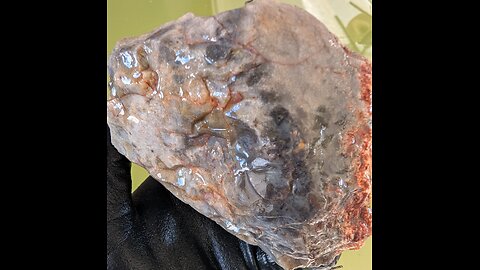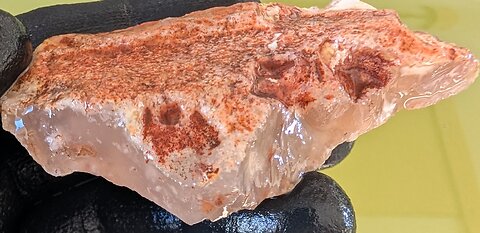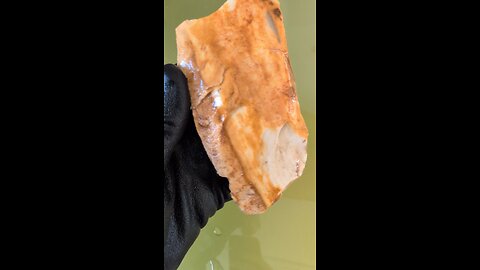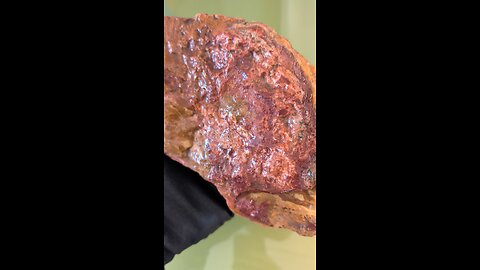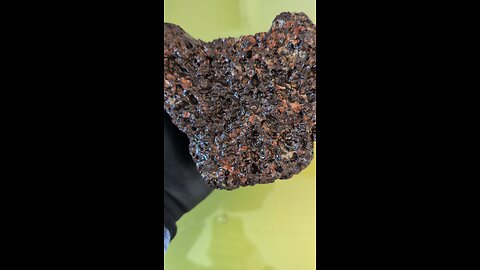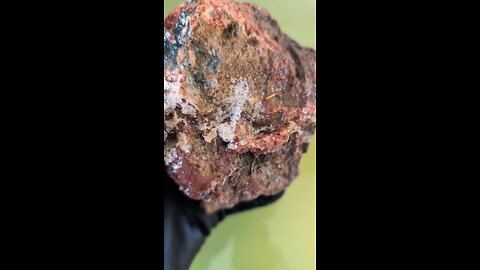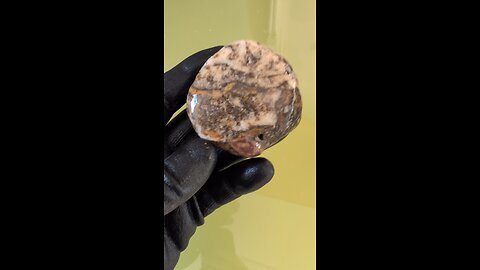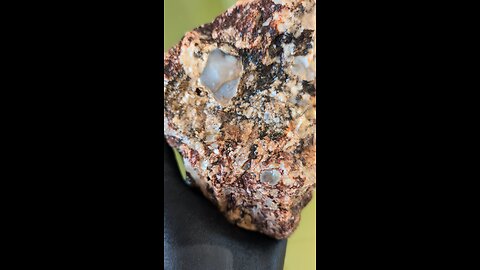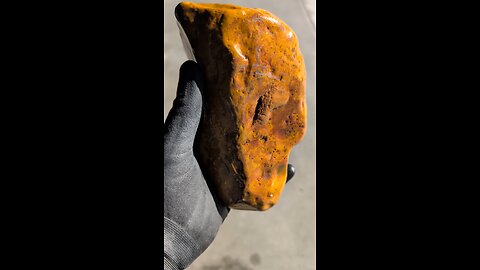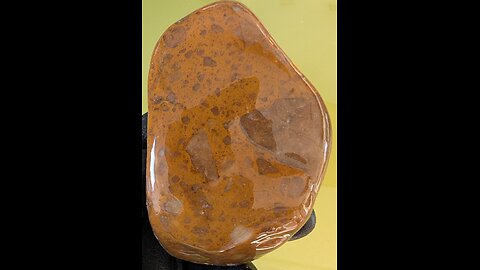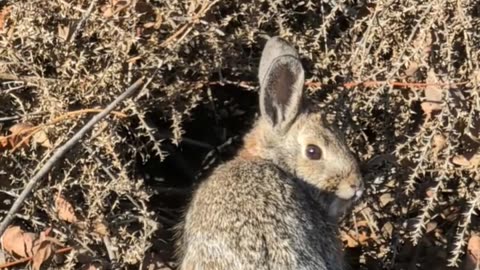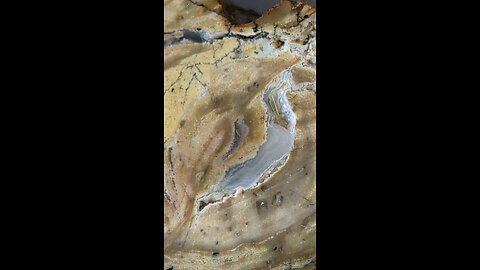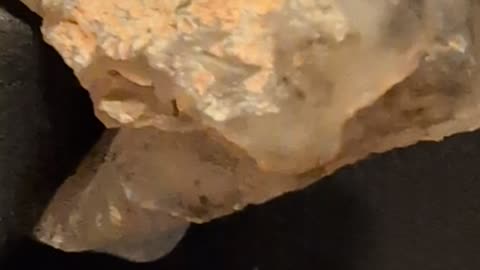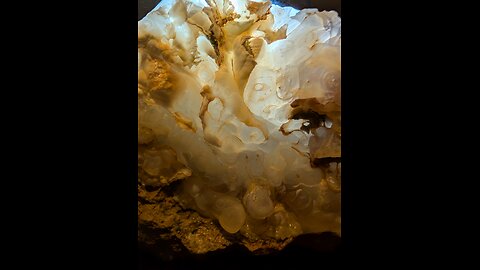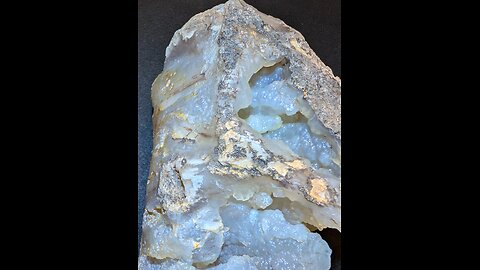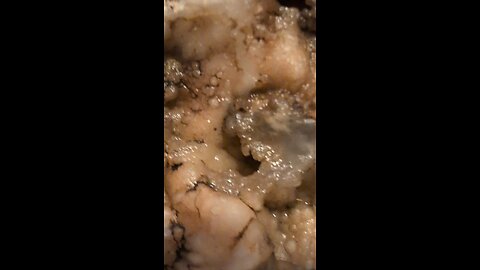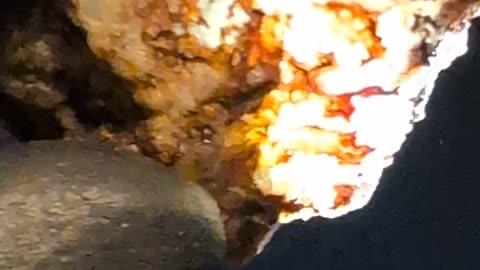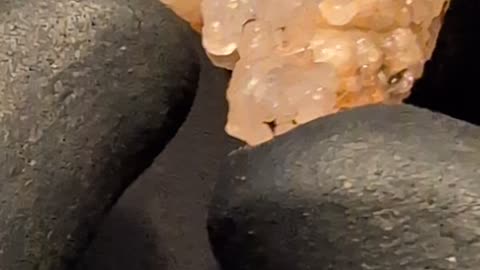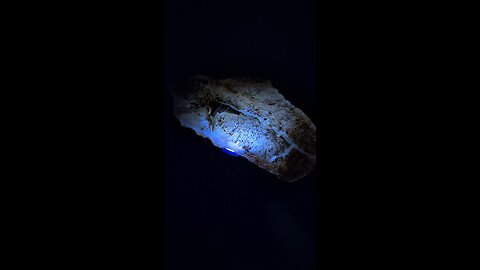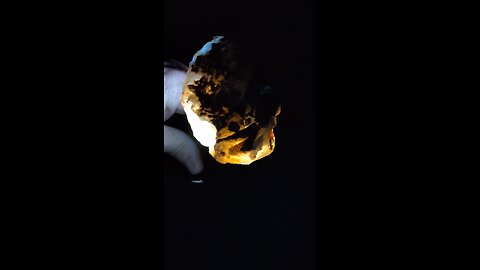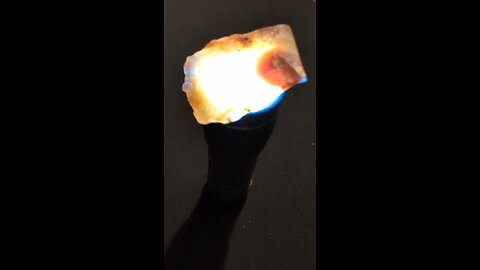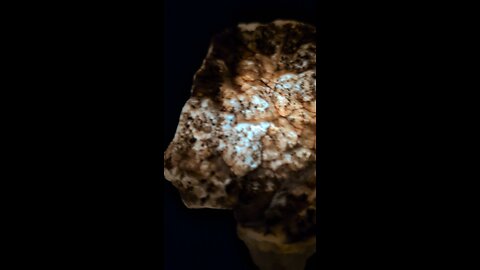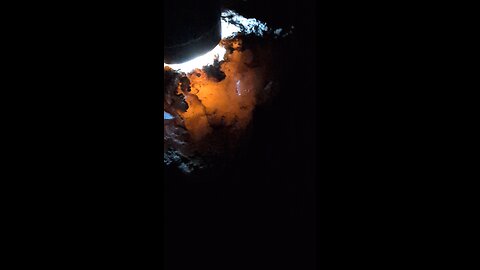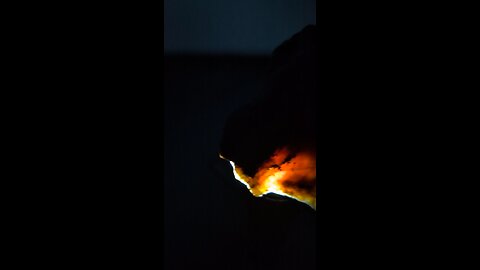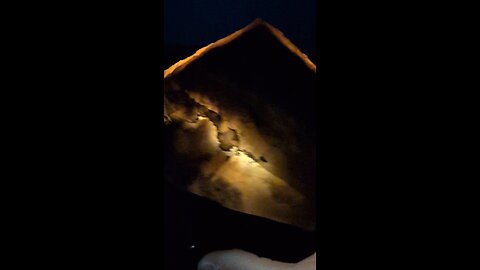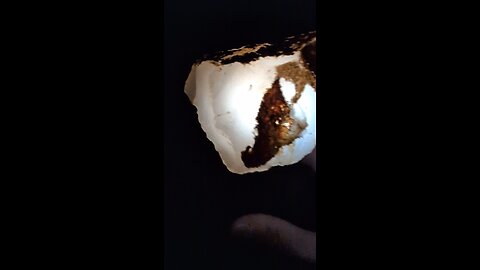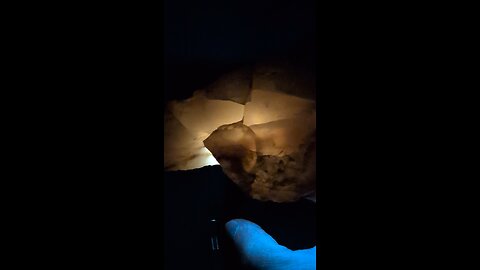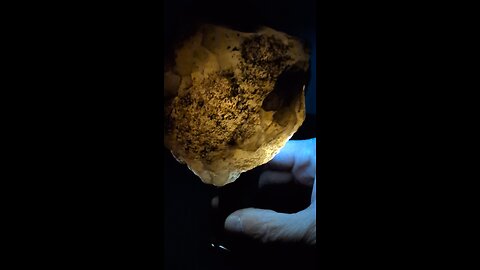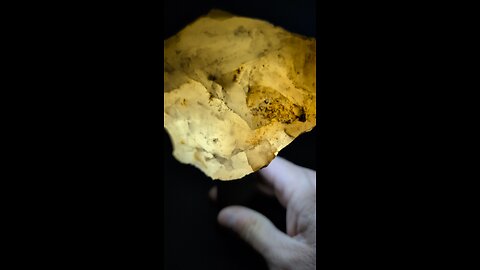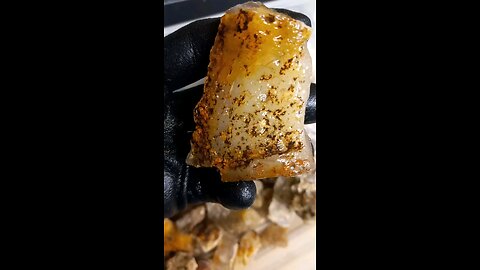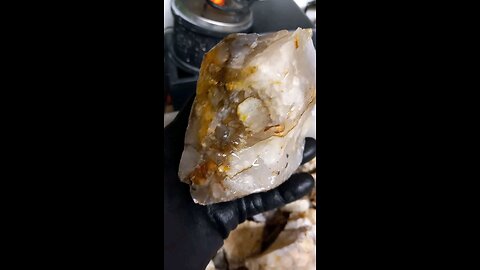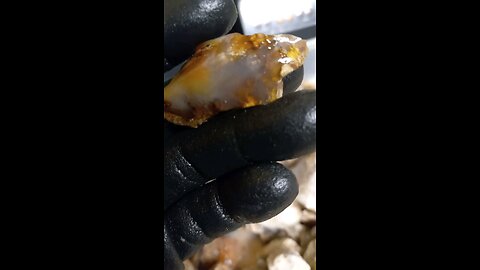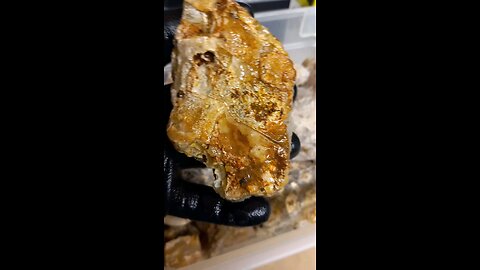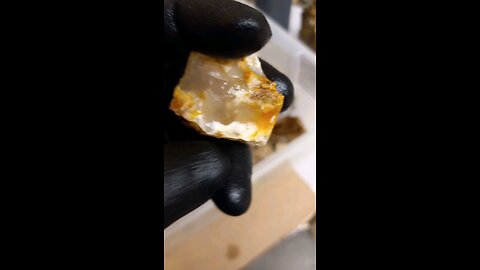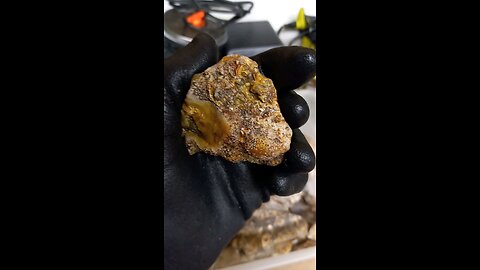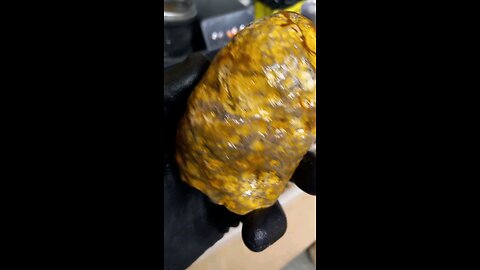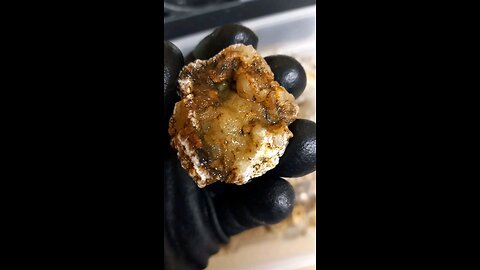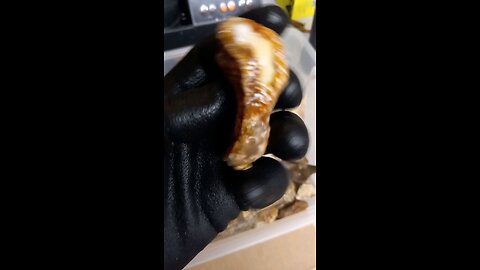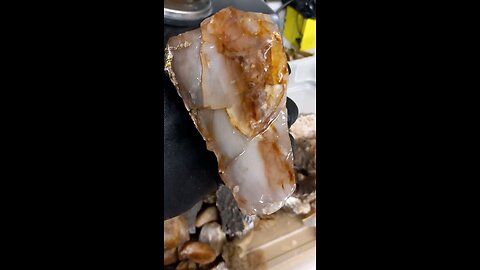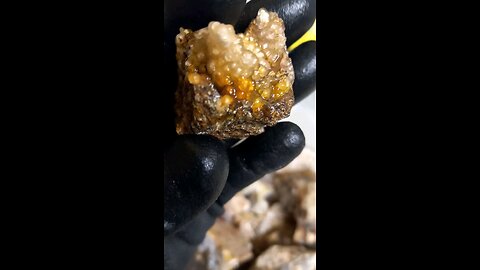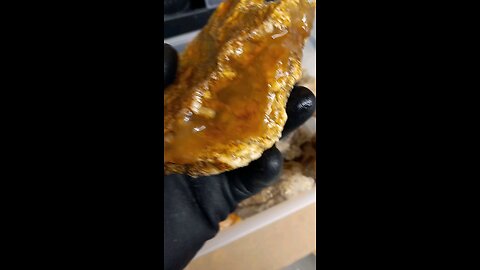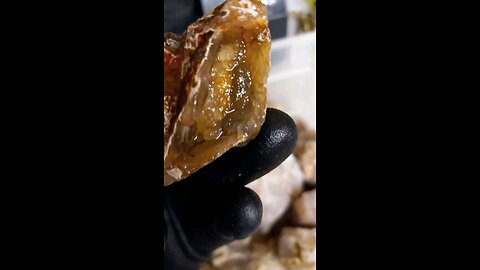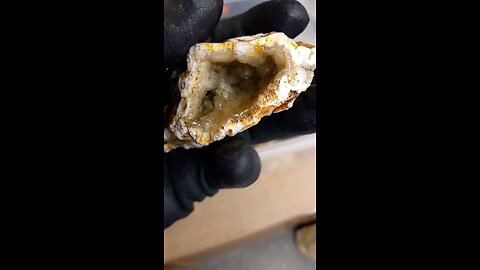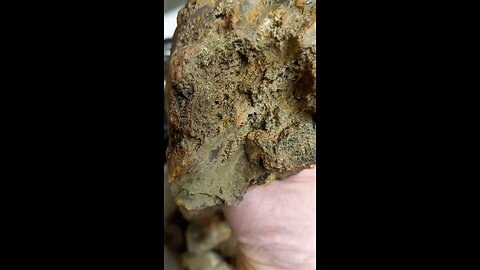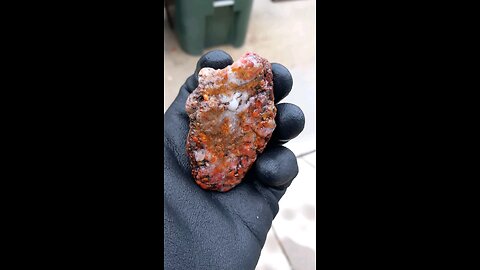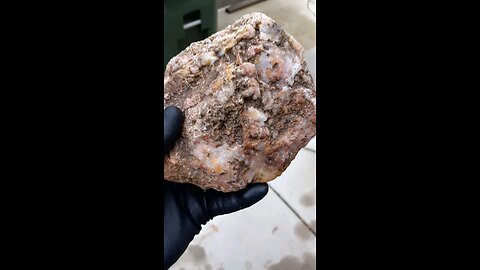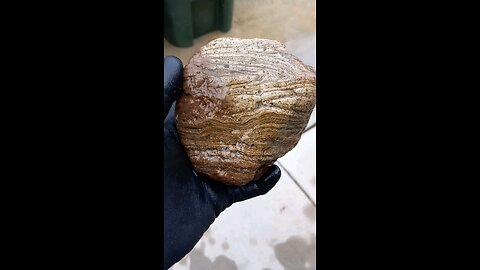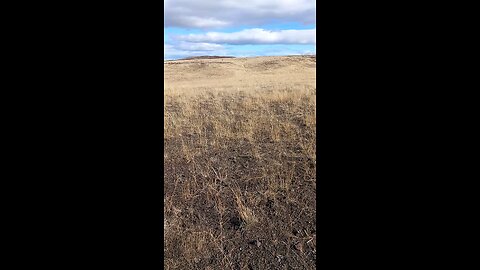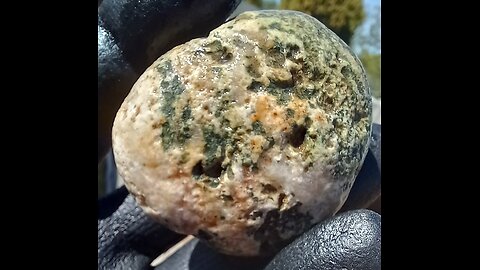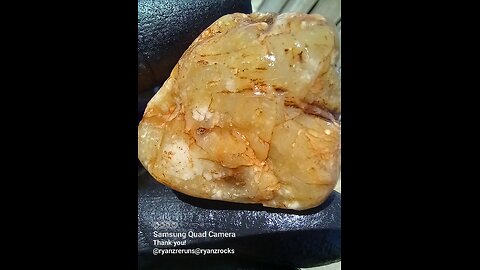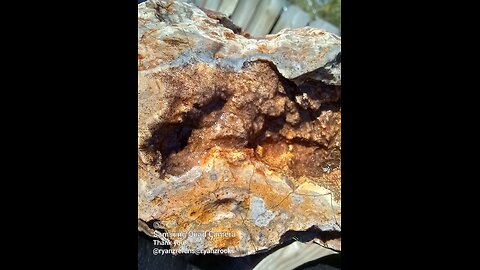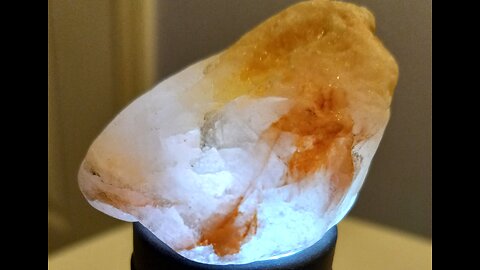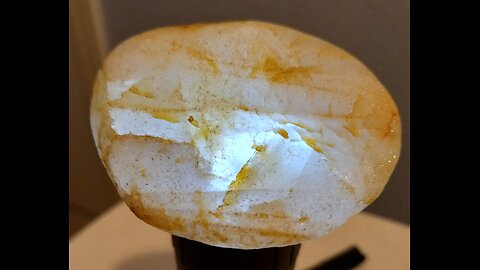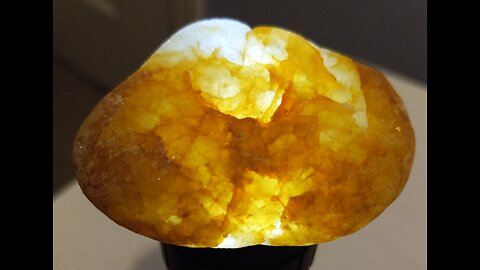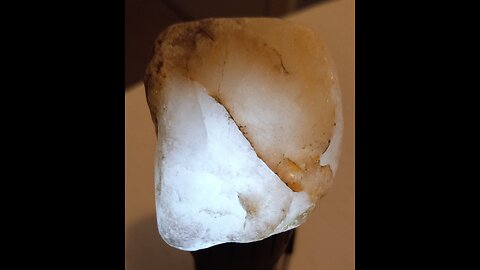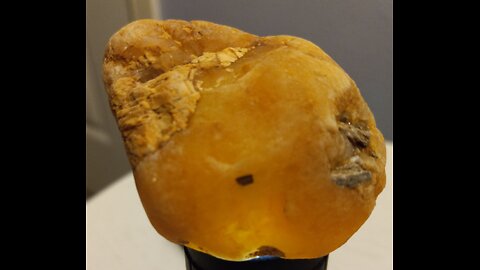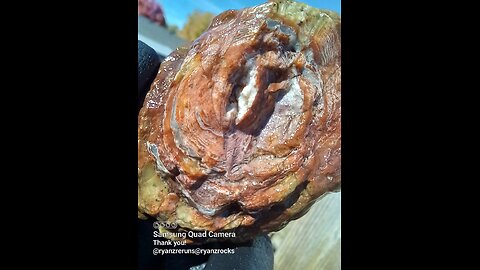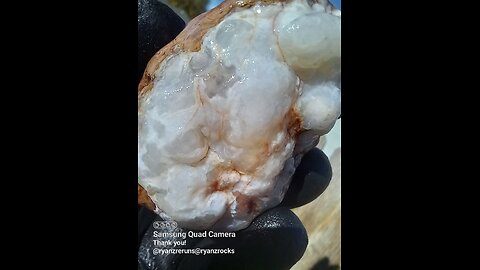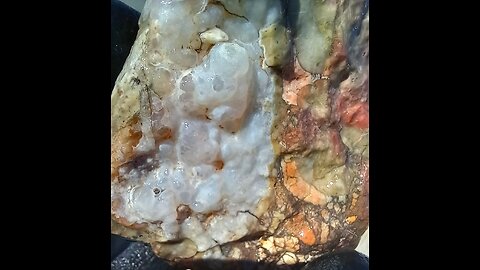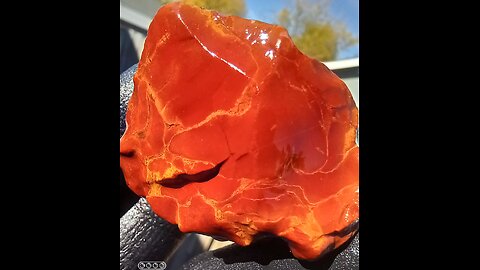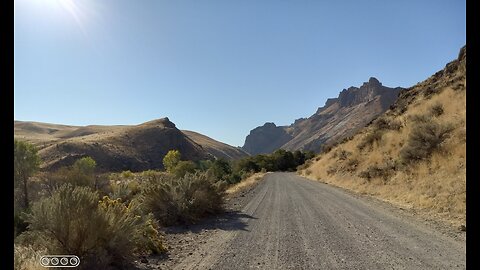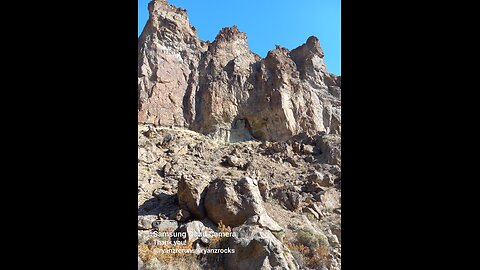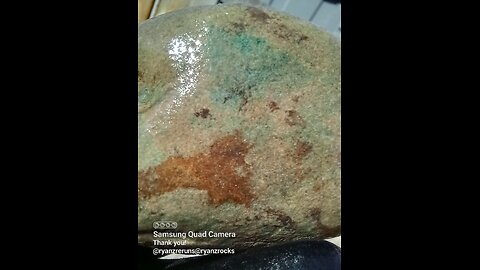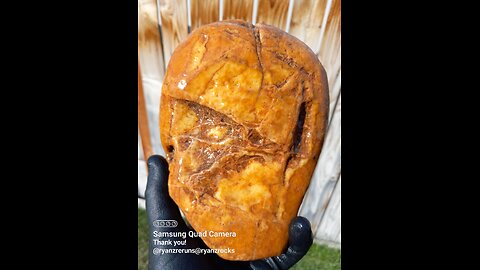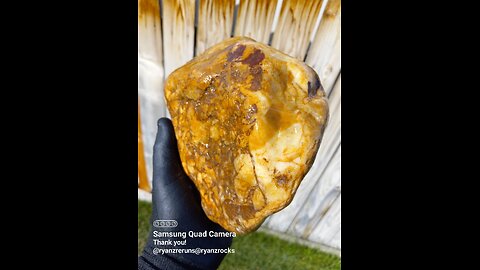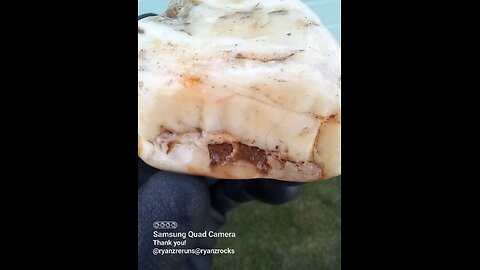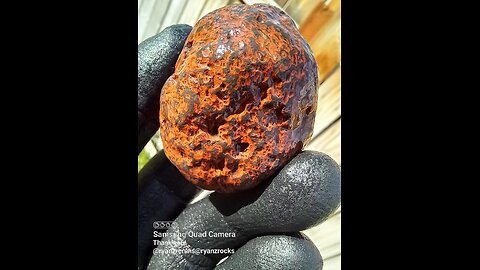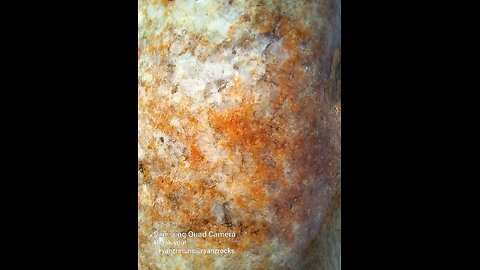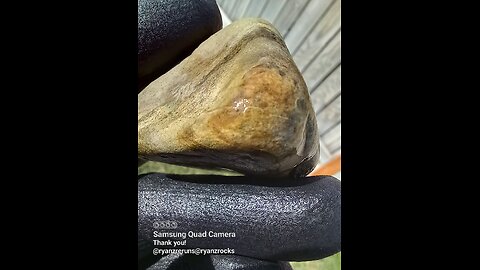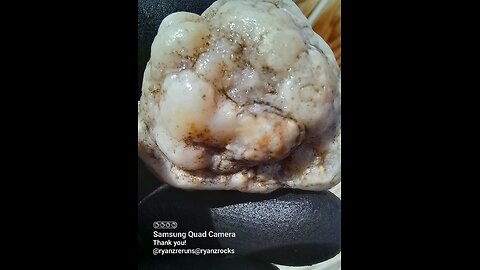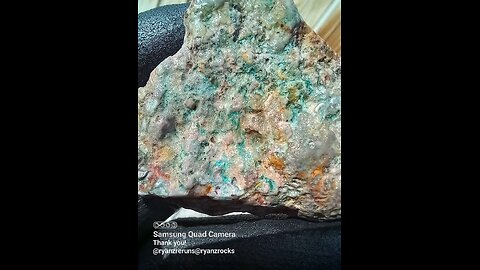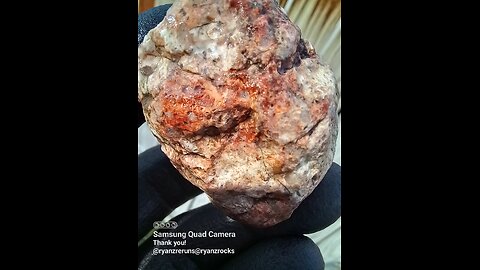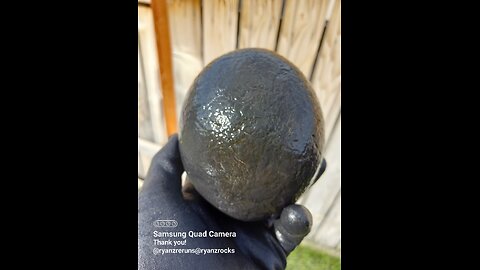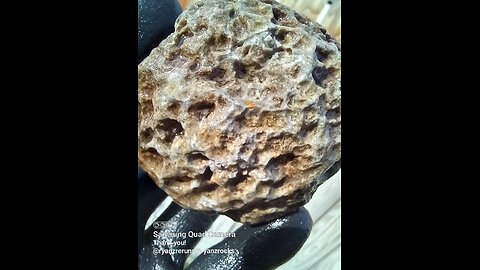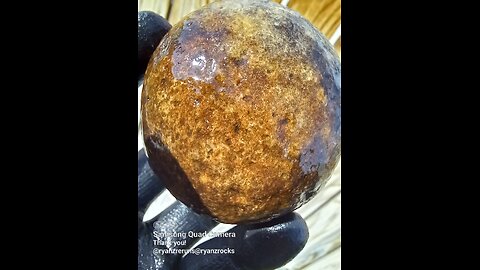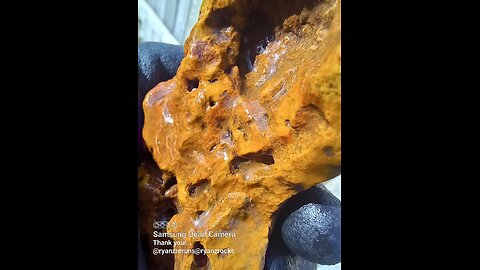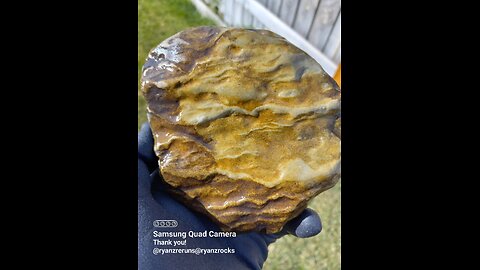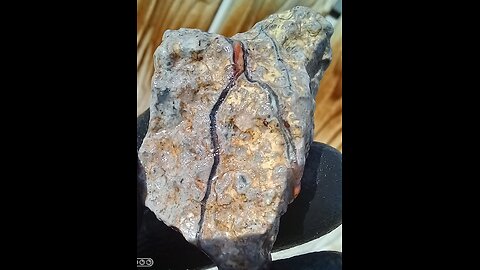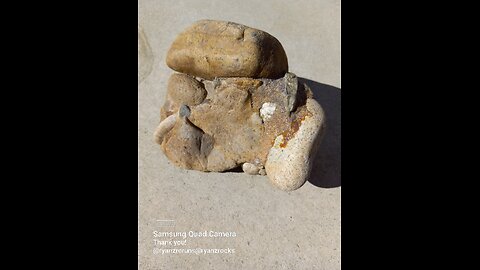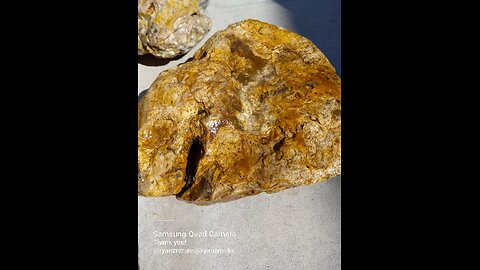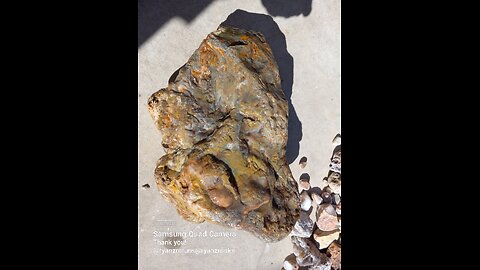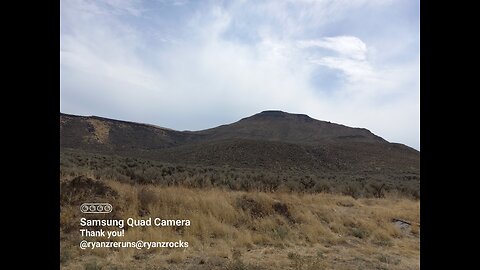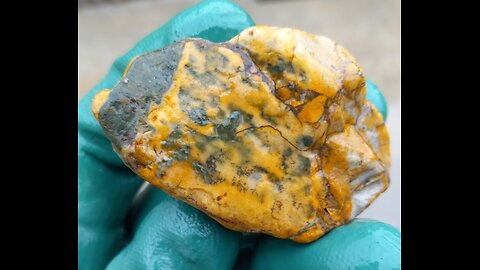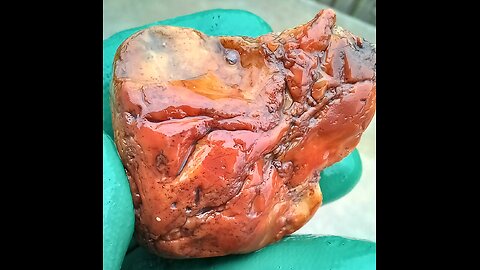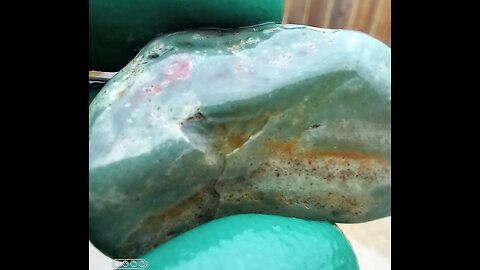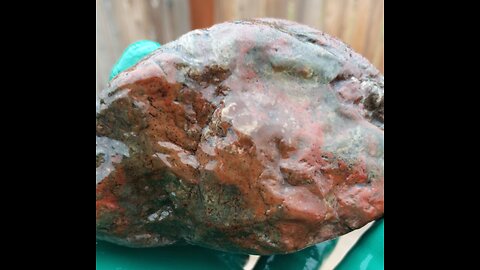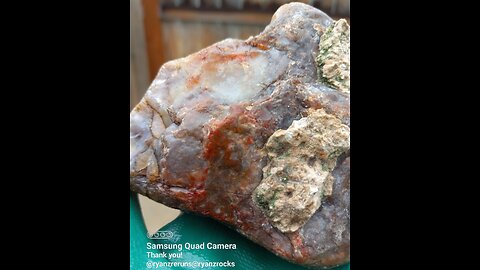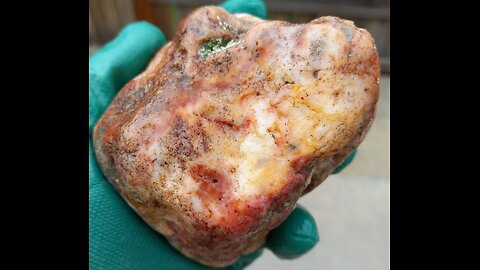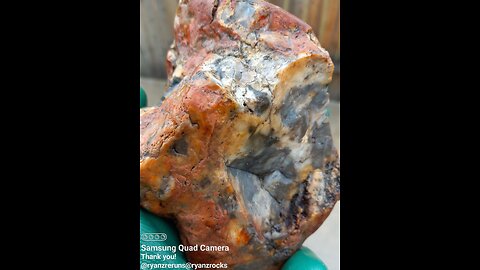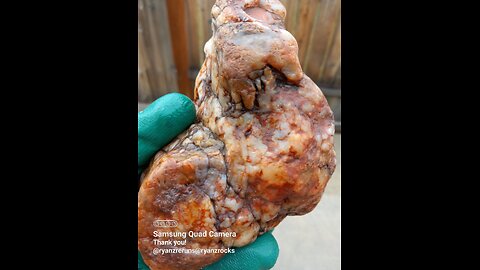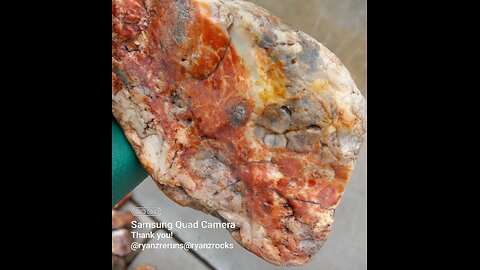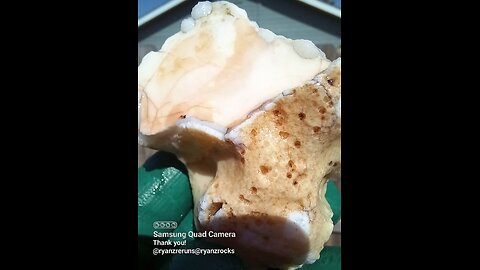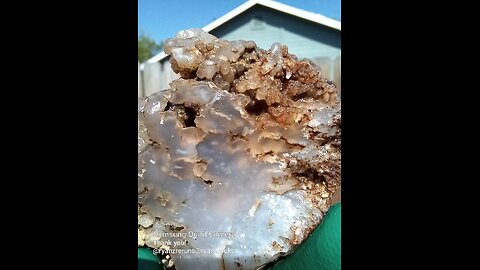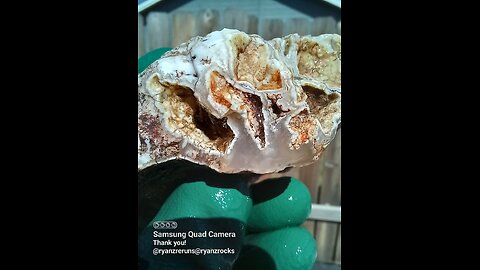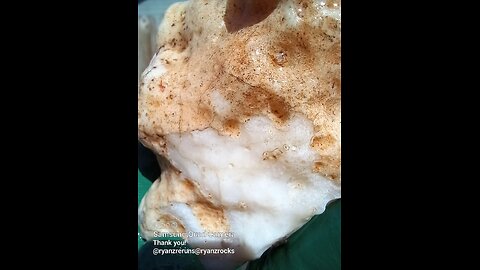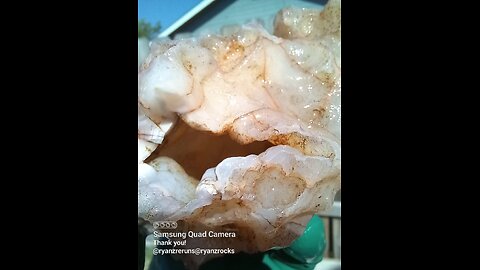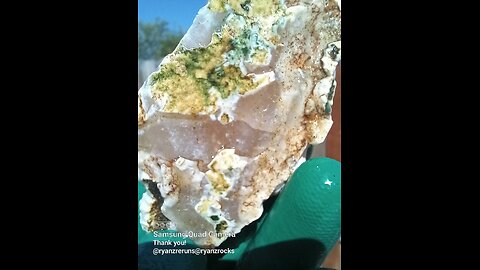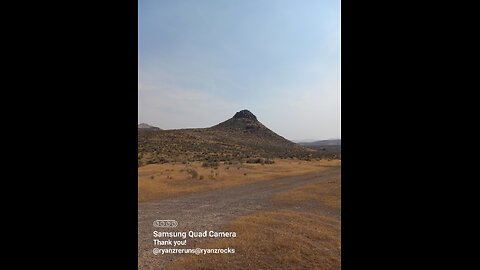Premium Only Content
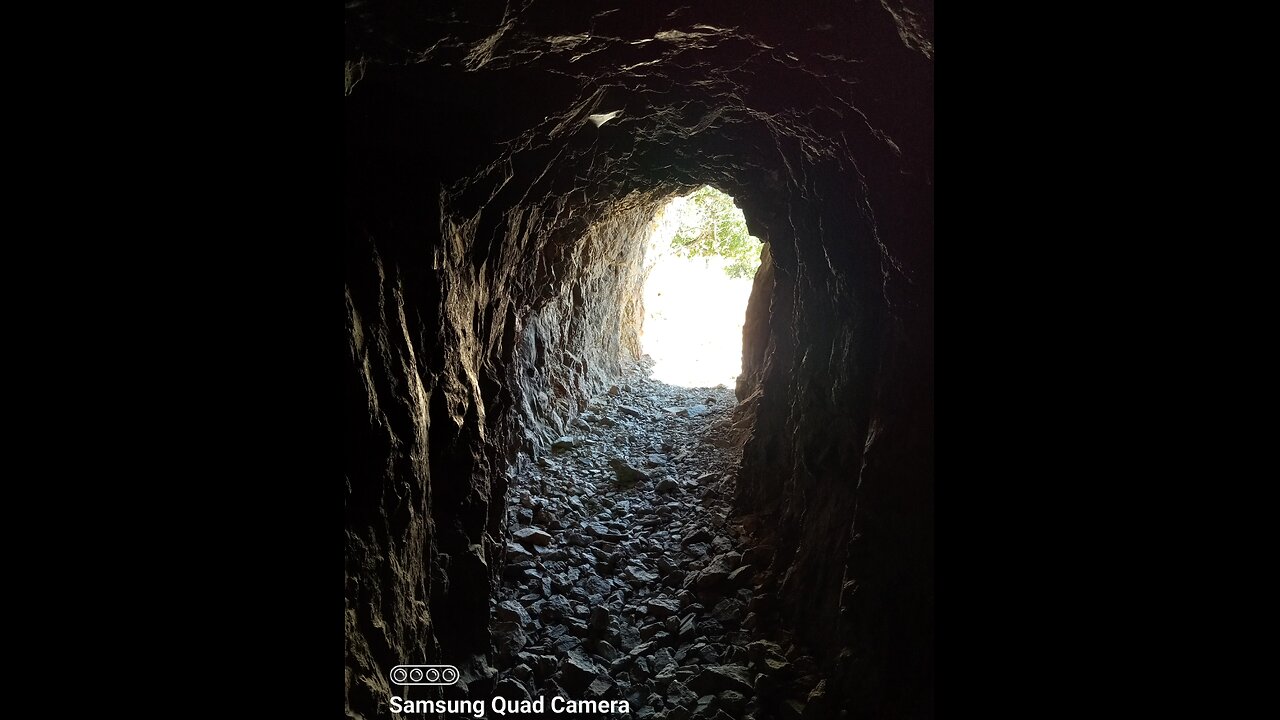
Beautiful Blues at Beverly Beach!
Big Blue Pacific!
Near the Punchbowl!
Beverly Beach!
Beverly Beach Oregon!
Path to the Punchbowl!
Beautiful Beverly Beach Sand Art!
Heading home along the Columbia River!
John Day Dam!
Beautiful Beverly Beach Sand Art!
Beverly Beach Cliff Side!
Beverly Beach!
Angry Seas and a Lighthouse!
Morning tide!
Natural Sand Art at the Beach!
Angry Seas this morning!
Agate Beach!
Nye Beach Cliff side!
Nye Beach Newport Oregon!
Willamette National Forest!
Room with a view!
Lake Owyhee!
Entering the Gulch!
What planet am I on?!?!
Beautiful day at the Gulch!
Cliffs at Leslie Gulch!
PEOPLE CLIMB THESE!
Jagged!
Blue Skies at the Gulch!
Cool formations!
Botryoidal cut!
Shaping!
Botryoidal Geode!
Botryoidal Carnelean!
Botryoidal Geode!
Big Sexy!
Botryoidal Plume Agate!
Botryoidal Formation!
Chalcedony Geode!
Geode Shot Glass!
Leopard skin Jasper!
Big Jasper!
A river runs through it!
Thunderegg Cut!
Agate Cut!
Fossiliferous Limestone Cut!
Breccia!
Agate Cut!
Beautiful Agate Cut!
Ooids inside!
Travertine Cut!
Agate Stone Cut!
Brecciated Jasper Cut!
Jasper Cut!
Agate Nodule Cut!
Leopard skin Jasper Cut!
Green Tint Basalt Cut!
Cold Rockhunt in a Hot Springs!
Snively Gulch!
Roadcut Snively Gulch!
Agate n' Brecciated Jasper!
Hot mess of Conglomerate!
Basalt Lavarock!
Jasper w/iron inclusions!
Big Daddy!
Chalcedony Chunk!
Fruity Pebbles Conglomerate!
Ironstone banding!
Quartzite w/patterns!
Brecciated Red Jasper!
Breccia!
My BFFs a BIF!
Blob o' Jasper!
Walkin' a wash!
Soapstone!
Breccia!
Conglomerate!
Jasper chunk!
Plume agate!
Jasper!
Jasper chunk!
Lavarock!
Breccia!
Red eye!
Interesting chunk o' Jasper!
Can't wait to cut this one!
Yellow Jasper!
Bruneau Jasper!
Out rockhoundin' the other daaaayie...
Thunderegg Inspection!
Plume botryoidal chalcedony nugget!
Plume slice!
Botryoidal slice!
Plume agate inspection!
Plume flow!
Botryoidal Chalcedony Nugget!
Playing with color!
Plume chunk glow!
Red dot glow slice!
Glow plume!
Carnelean Glow!
Jasper glow!
Glow Plume!
Plume chunk glow!
Slab o' Plume Glow!
Glow chunk!
Plume agate glow!
The green caught my eye!
Square geode!
Big ol' chunk!
Beautiful dark opal!
Hot Botryoidal Mess!
Plume agate!
A Bit o' Honey Plume Agate!
Brecciated jasper!
Plume agate!
Alien egg!
Half of a geode!
It's curved!
Plume Agate!
Botryoidal formations!
Carnelian sandwich!
Broken geode!
This half survived Monther Nature!
Plume agate!
Beautiful Colors!
Jasper, Chalcedony, Opal & ???
Cool Banding!
Rockhunting at Graveyard Point!
Botryoidal chalcedony!
Wash walkin'
Dark green metamorphic!
Pretty Orangey & Yella Quartzite!
Chalcedony Nodule!
Big Daddy Agate!
Reds!
Agate Chunk!
Beautiful Glow Quartz!
Iron Stained Quartz!
Yellow Agate Nodule!
White Iron Stained Quartz!
White Quartz!
Iron Stained Quartz!
Pretty Yellow Glow Nodule!
Thunderegg!
Half a Thunderegg w/Opal!
Botryoital Opal w/ A Little of Everything!
Pretty Red Jasper!
Succor Creek Canyon, OR.
Watch for Rocks!
Greens & Browns!
Big ol' nodule!
Hot Mess of agates!
White/Yellow Chalcedony!
Nodule w/ reds!
Spud 4!!!
Green Sandstone!
Botryoidal chalcedony!
Pretty greens!
Pretty red agates nodule!
Another nodule with reds!
Dinosaur Egg!
Into the "to be cut" box!
Geode?
Molten Sandstone?
Red!
Sandstone!
Example of minerals seeping into rocks!
Rockhounding near Mitchell Butte, OR
Love the Green!
Spud!
Chalcedony or Opal?
Mish Mash of Agate!
Shard of Agate!
Bright Red Agate!
Bright Green Agate!
Rusty Red Agate!
Colorful Agate!
Limestone!
Beautiful Reds! Jellybean Agate!
Jellybean Agate!
Definitely cut this one!
Colorful Jellybean Agate!
Big ol' Colorful Chuck of Agate!
Took forever to cut this one!
Thought this Thunderegg would be hollow!
Time to cut!
Green & White Chalcedony!
It's hollow!
Creepy cave!!!
A cave or cavern is a natural void under the Earth's surface. Caves often form by the weathering of rock and often extend deep underground. Exogene caves are smaller openings that extend a relatively short distance underground (such as rock shelters). Caves which extend further underground than the opening is wide are called endogene caves.
Speleology is the science of exploration and study of all aspects of caves and the cave environment. Visiting or exploring caves for recreation may be called caving, potholing, or spelunking.
Formation types
The formation and development of caves is known as speleogenesis; it can occur over the course of millions of years. Caves can range widely in size, and are formed by various geological processes. These may involve a combination of chemical processes, erosion by water, tectonic forces, microorganisms, pressure, and atmospheric influences. Isotopic dating techniques can be applied to cave sediments, to determine the timescale of the geological events which formed and shaped present-day caves.[4]
It is estimated that a cave cannot be more than 3,000 metres (9,800 ft) vertically beneath the surface due to the pressure of overlying rocks. This does not, however, impose a maximum depth for a cave which is measured from its highest entrance to its lowest point, as the amount of rock above the lowest point is dependent on the topography of the landscape above it. For karst caves the maximum depth is determined on the basis of the lower limit of karst forming processes, coinciding with the base of the soluble carbonate rocks. Most caves are formed in limestone by dissolution.
Caves can be classified in various other ways as well, including a contrast between active and relict: active caves have water flowing through them; relict caves do not, though water may be retained in them. Types of active caves include inflow caves ("into which a stream sinks"), outflow caves ("from which a stream emerges"), and through caves ("traversed by a stream").[7]
Speleothems in Hall of the Mountain King of Ogof Craig a Ffynnon, a solutional cave in South Wales.
Solutional cave
Solutional caves or karst caves are the most frequently occurring caves. Such caves form in rock that is soluble; most occur in limestone, but they can also form in other rocks including chalk, dolomite, marble, salt, and gypsum. Except for salt caves, solutional caves result when rock is dissolved by natural acid in groundwater that seeps through bedding planes, faults, joints, and comparable features. Over time cracks enlarge to become caves and cave systems.
The largest and most abundant solutional caves are located in limestone. Limestone dissolves under the action of rainwater and groundwater charged with H2CO3 (carbonic acid) and naturally occurring organic acids. The dissolution process produces a distinctive landform known as karst, characterized by sinkholes and underground drainage. Limestone caves are often adorned with calcium carbonate formations produced through slow precipitation. These include flowstones, stalactites, stalagmites, helictites, soda straws and columns. These secondary mineral deposits in caves are called speleothems.
The portions of a solutional cave that are below the water table or the local level of the groundwater will be flooded.
-
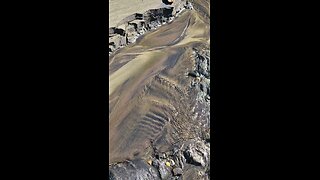 0:37
0:37
RyanzRocks
1 day agoBeautiful Beverly Beach Sand Art!
25 -
 29:36
29:36
The Brett Cooper Show
2 days ago $1.09 earnedThe Non-Binary Samurai Game No One Wanted | Episode 19
2.97K17 -
 16:46
16:46
Stephen Gardner
5 hours agoJudge Boasberg THREATENS to ARREST Trump White House leaders!
9.96K58 -
 1:30:53
1:30:53
Michael Franzese
20 hours agoMichael Franzese UNLEASHES on the Left: Lies, Fraud, and Betrayal
7.15K26 -
 6:15
6:15
SKAP ATTACK
1 day agoGiannis Goes Full FREAK MODE in Historic Game
2.58K2 -
 19:35
19:35
DeVory Darkins
1 day ago $29.53 earnedMedia suffers failure after Elon Musk hit piece gets DEBUNKED
67.7K142 -
 12:38
12:38
Talk Nerdy Sports - The Ultimate Sports Betting Podcast
4 hours ago4/5/25 - Talk Nerdy Sports – Madness. Money. Mayhem.
25.9K4 -
 3:18:37
3:18:37
I_Came_With_Fire_Podcast
13 hours agoTHE HUNDREDTH EPISODE!!!
44.6K7 -
 LIVE
LIVE
Gatoroz
5 hours agoTake Me Back To Verdansk
156 watching -
 LIVE
LIVE
STGKAMZZ
7 hours ago"🔥Blunt & Battle: Chill Vibes Only in COD Ranked! 🌼💨 Spring Saturdays Just Got Epic!"
92 watching
